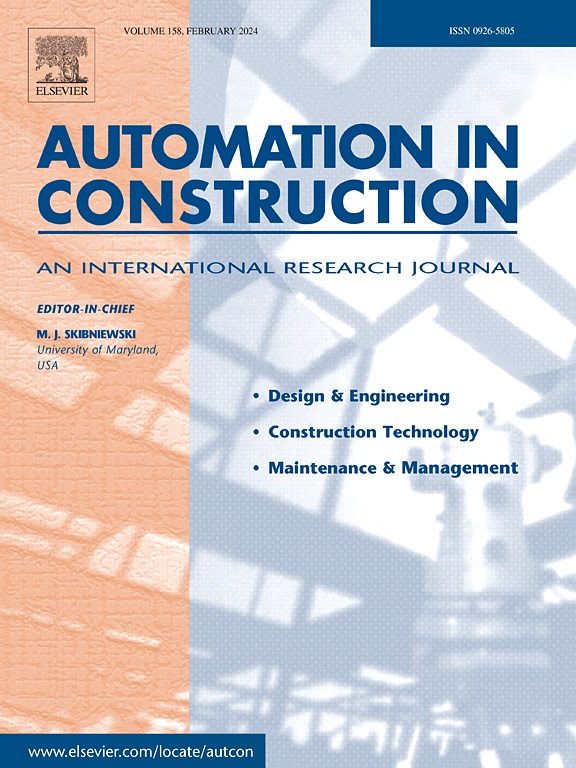基于惯性传感器和轻量级深度学习的高速公路工作区域车辆入侵检测
IF 11.5
1区 工程技术
Q1 CONSTRUCTION & BUILDING TECHNOLOGY
引用次数: 0
摘要
高速公路作业区域容易发生入侵事件,威胁作业人员的安全,扰乱作业。现有的入侵检测系统经常产生高虚警,造成报警疲劳,降低响应速度。为了解决这个问题,提出了一种数据驱动的入侵检测方法,该方法使用附加在交通锥上的惯性测量单元(IMU)传感器来区分真正的车辆入侵和非危险事件。加速度和角速度数据通过车辆碰撞、人工操作和风力位移等现场实验收集。经过预处理和数据增强,训练并优化了轻量级长短期记忆(LSTM)模型,以满足边缘设备的实时性能要求。评估结果显示,对于实际入侵,准确率为96%,召回率为97%。合成加速度和角速度被认为是关键特征。这种具有成本效益,可扩展的解决方案通过有效识别实际危险,最大限度地减少假警报,并减轻高速公路工作区域警报疲劳的负面影响,提高了安全性。本文章由计算机程序翻译,如有差异,请以英文原文为准。
Vehicle intrusion detection in highway work zones using inertial sensors and lightweight deep learning
Highway work zones are prone to intrusion events that threaten workers' safety and disrupt operations. Existing intrusion detection systems often produce high false alarms, causing alarm fatigue and reduced responsiveness. To address this, a data-driven intrusion detection method is proposed to distinguish real vehicle intrusions from non-hazardous events using inertial measurement unit (IMU) sensors attached to traffic cones. Acceleration and angular velocity data were collected through field experiments involving vehicle collisions, manual handling, and wind displacement. After preprocessing and data augmentation, a lightweight Long Short-Term Memory (LSTM) model was trained and optimized for real-time performance on edge devices. Evaluation yielded a 96 % accuracy and a 97 % recall for actual intrusions. Resultant acceleration and angular velocity are recognized as key features. This cost-effective, scalable solution enhances safety by effectively identifying actual hazards, minimizing false alarms, and mitigating the negative impact of alarm fatigue in highway work zones.
求助全文
通过发布文献求助,成功后即可免费获取论文全文。
去求助
来源期刊

Automation in Construction
工程技术-工程:土木
CiteScore
19.20
自引率
16.50%
发文量
563
审稿时长
8.5 months
期刊介绍:
Automation in Construction is an international journal that focuses on publishing original research papers related to the use of Information Technologies in various aspects of the construction industry. The journal covers topics such as design, engineering, construction technologies, and the maintenance and management of constructed facilities.
The scope of Automation in Construction is extensive and covers all stages of the construction life cycle. This includes initial planning and design, construction of the facility, operation and maintenance, as well as the eventual dismantling and recycling of buildings and engineering structures.
 求助内容:
求助内容: 应助结果提醒方式:
应助结果提醒方式:


